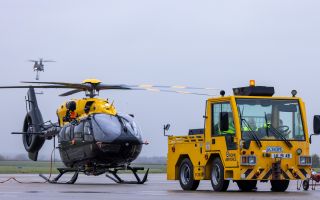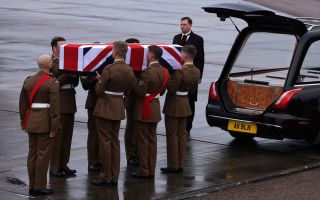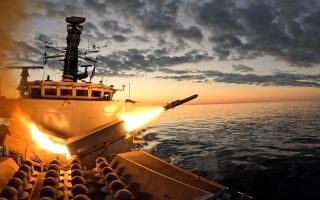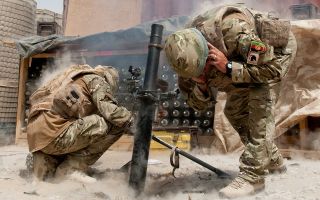What a state-on-state conflict between Nato and Russia could look like
Britain's latest Strategic Defence Review highlighted the need to prepare for state-on-state conflict.
The most likely scenario is a multi-front Russian assault on the Baltic States, using Belarus as a staging ground.
One key concern is the Suwalki Gap – a 40-mile corridor between Poland and Lithuania that links Belarus to Russia's Kaliningrad exclave. If severed, it would isolate the Baltics from the rest of Nato.
In the lead-up to any invasion, Russia could use cyberattacks to disrupt communications, banking systems and energy infrastructure.
Nato's current forward presence in the region – a 5,000-strong 'tripwire' force – might struggle to hold the line, although that assessment was made before Russia's losses in Ukraine.
If Article 5 were triggered, the first Nato unit likely to deploy would be the Allied Reaction Force.
It consists of around 10,000 troops but can be scaled up to 300,000. Kaliningrad – already home to Russian Iskander missile systems – could serve as a launch point for missile strikes and further escalation.
Analysts say Nato would have an advantage in a conventional conflict, with more tanks, aircraft, and personnel.
But losses could be high, and there is a risk of nuclear escalation if Moscow believed the regime was under threat.
Any large-scale fighting in the Baltics would also likely lead to mass civilian displacement and strain neighbouring countries' economies and infrastructure.









